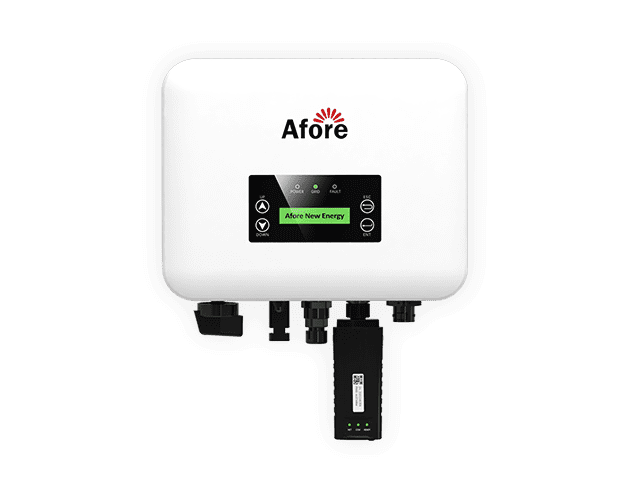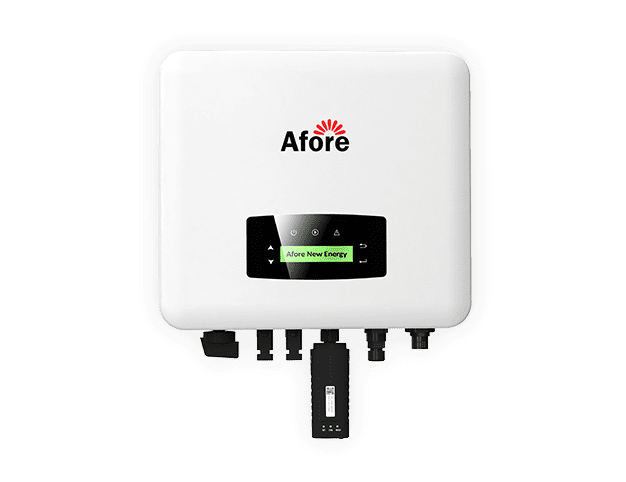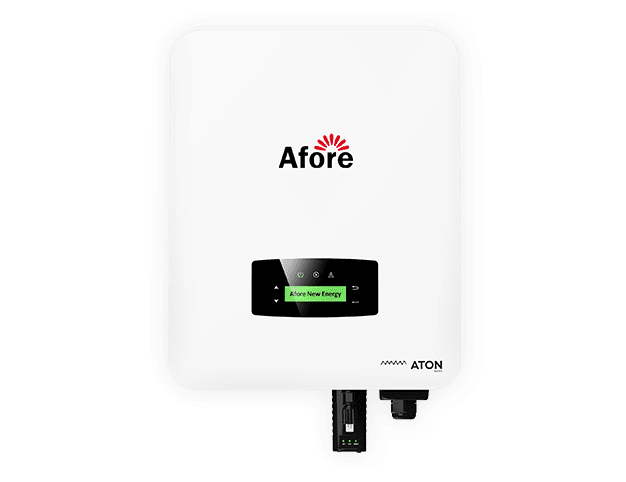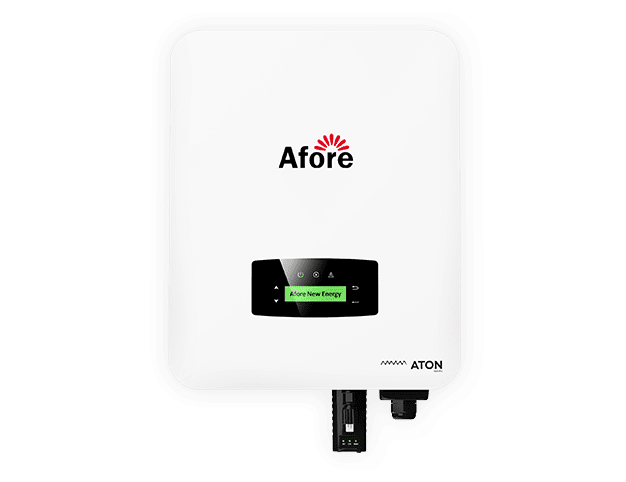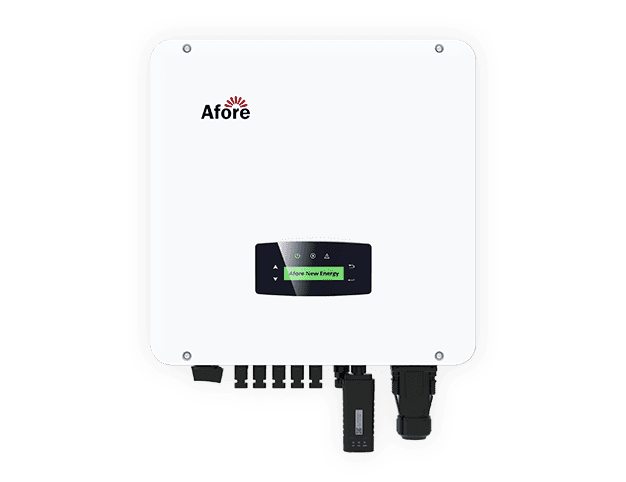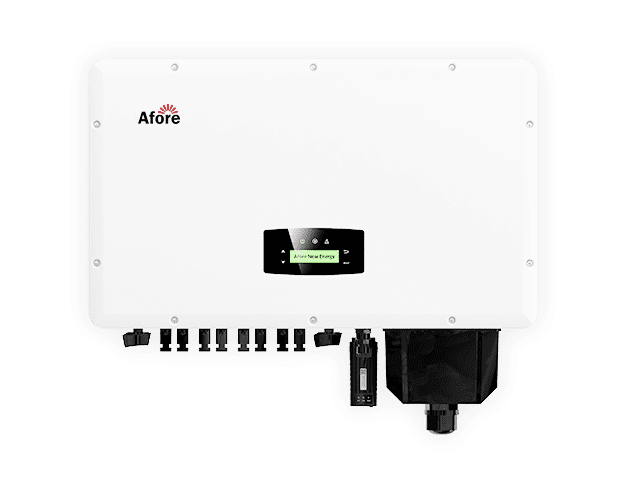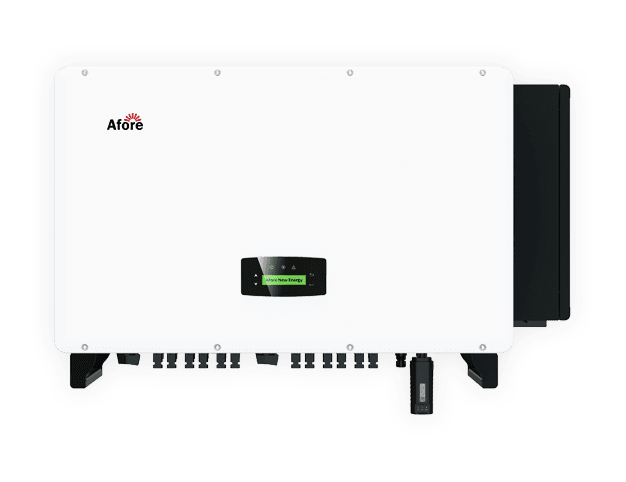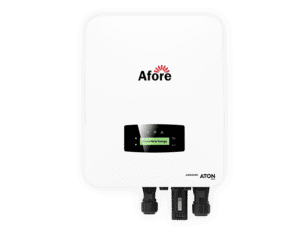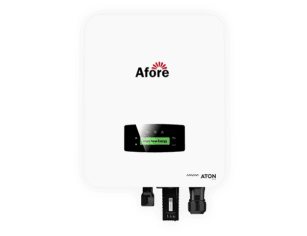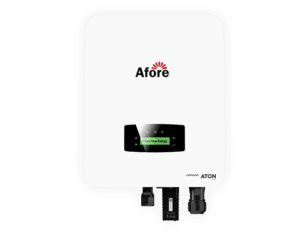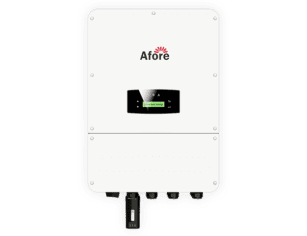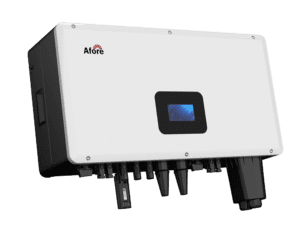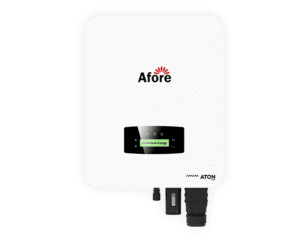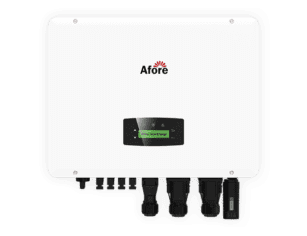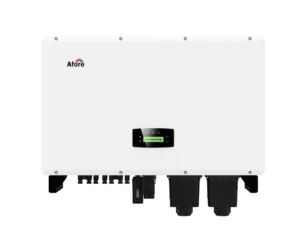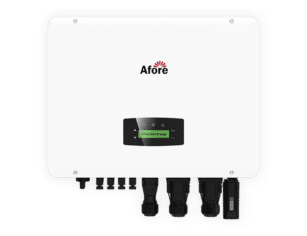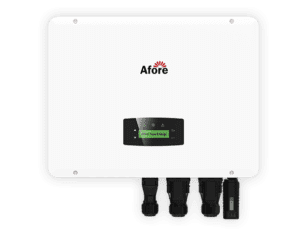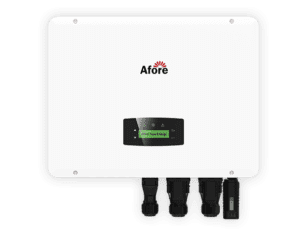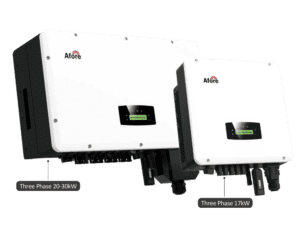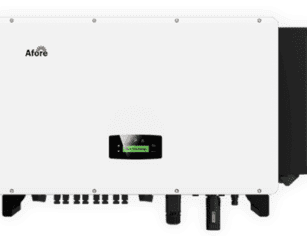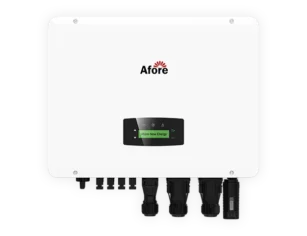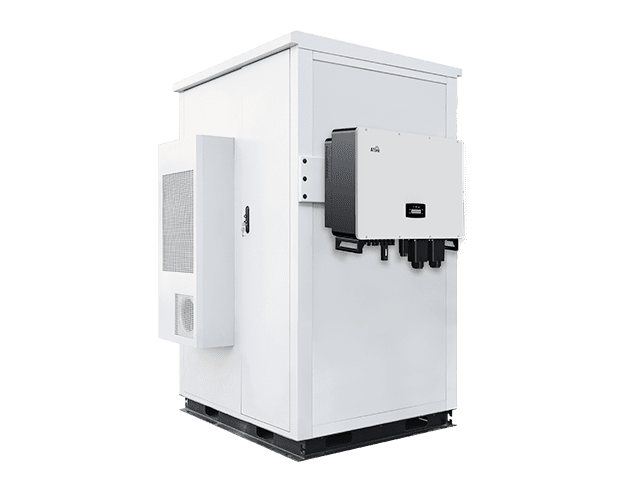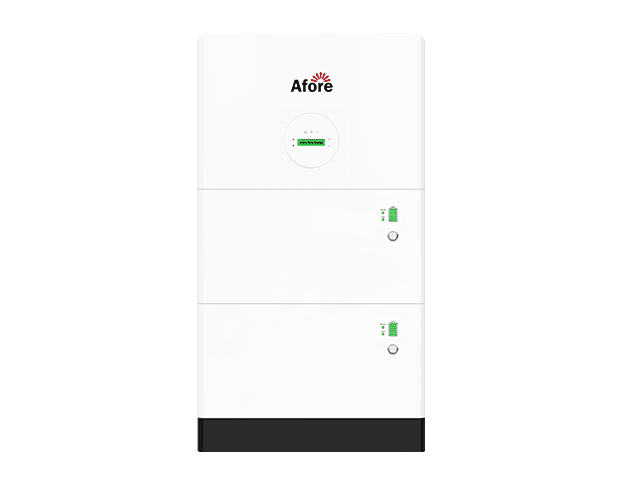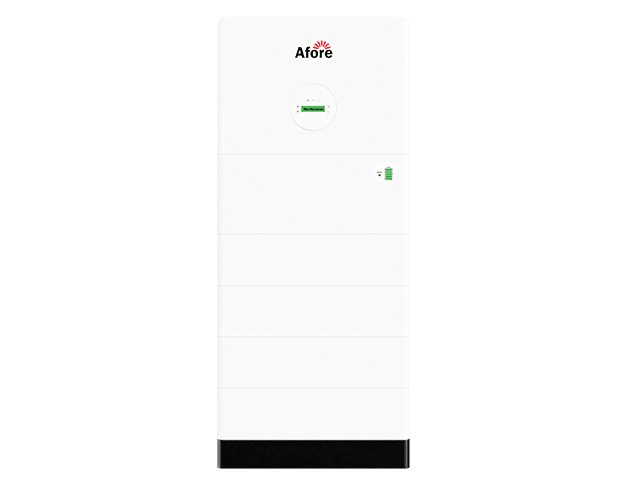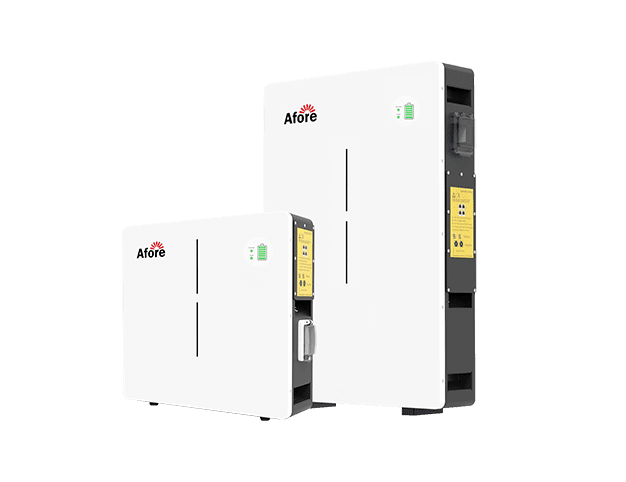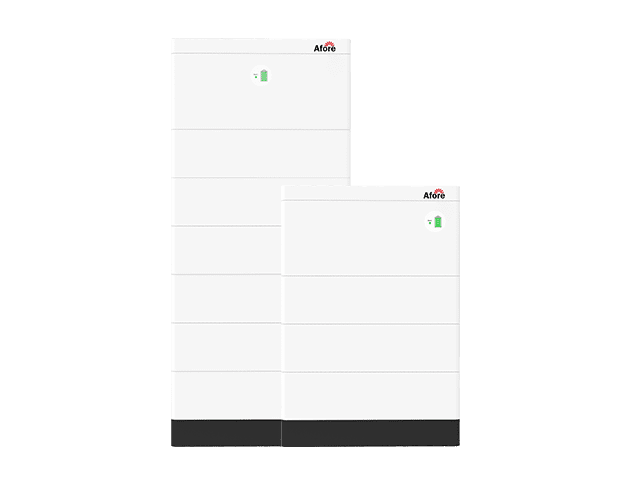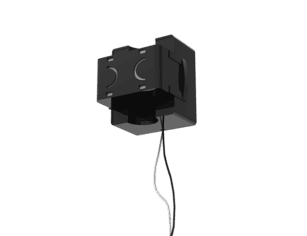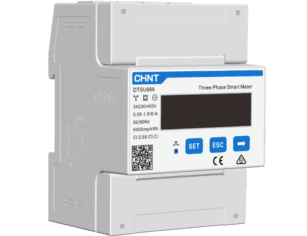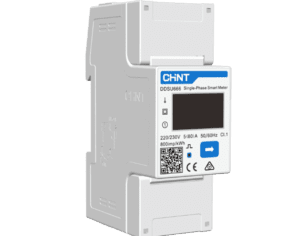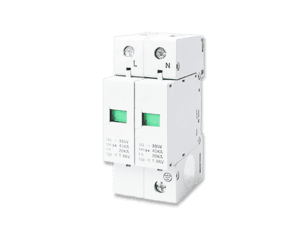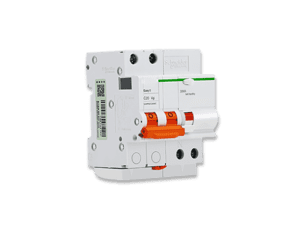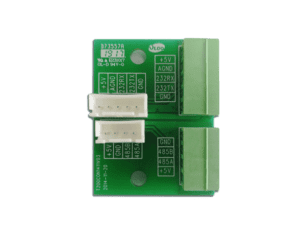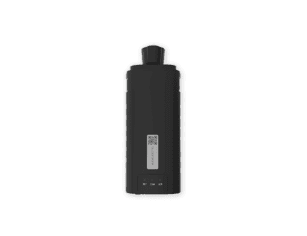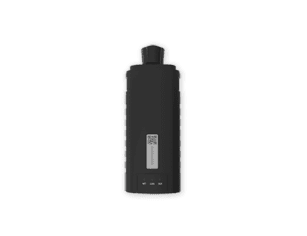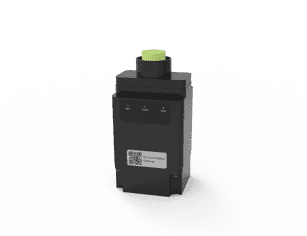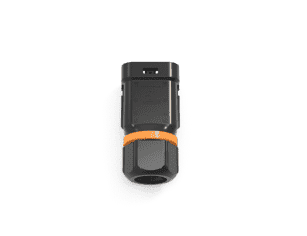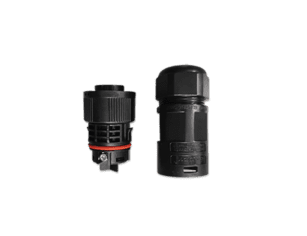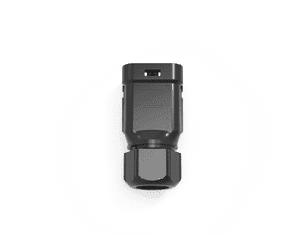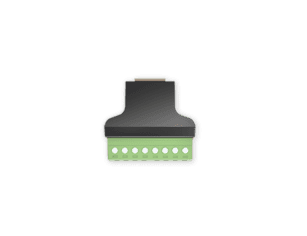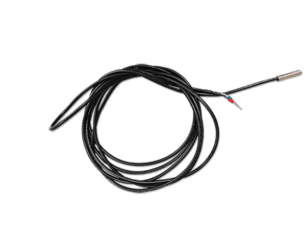Escolhendo o melhor inversor solar fora da rede para obter independência energética
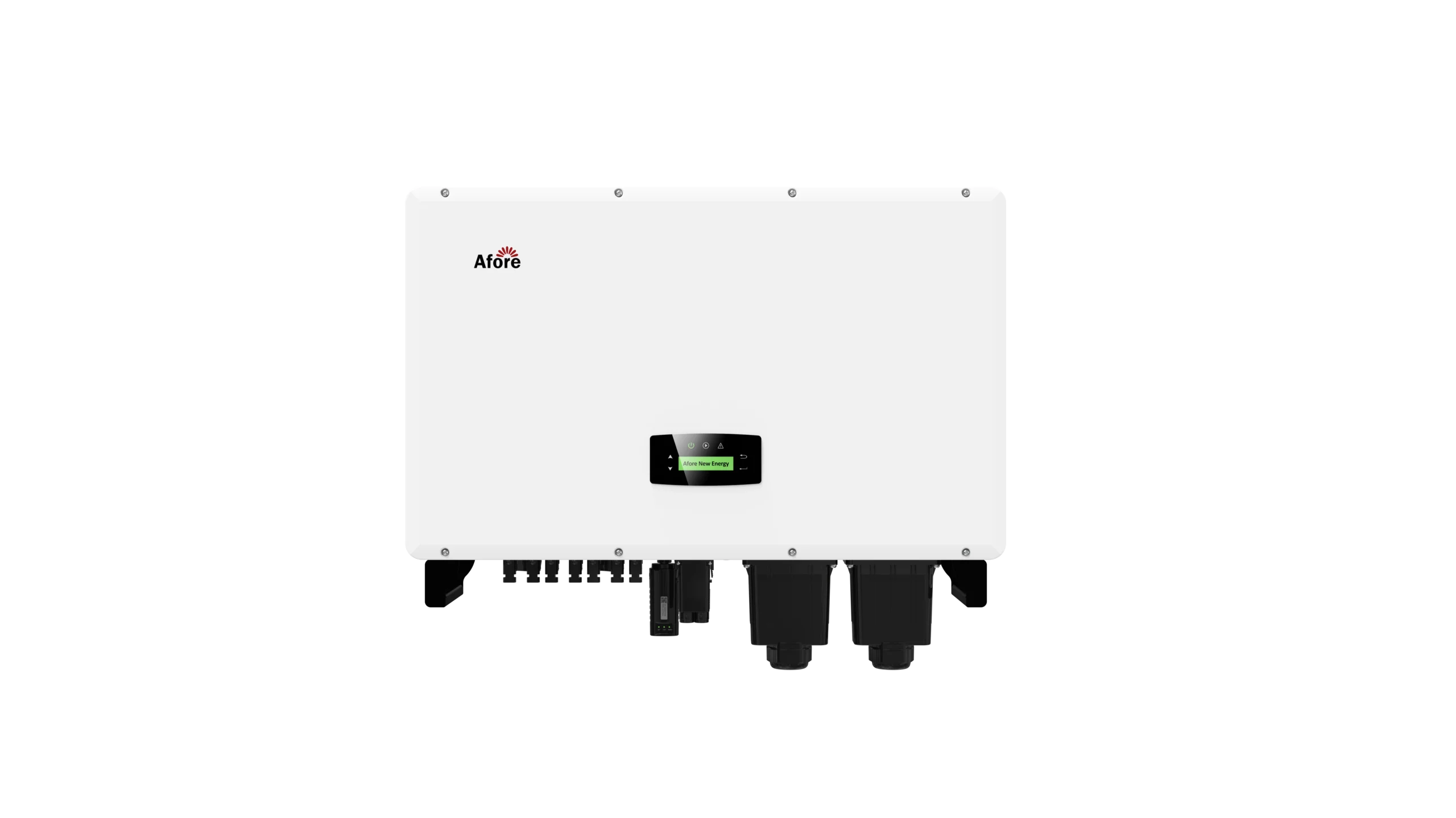
Índice
A principal função do sistema fora da rede inversor solar é converter corrente contínua em corrente alternada utilizável para uso em eletrodomésticos. E sem uma conexão com a rede elétrica pública, você precisará do melhor inversor solar off grid para garantir um fornecimento de energia estável dos painéis solares para a sua casa.
Os melhores inversores solares fora da rede também podem carregar carros elétricos e armazenar energia para uso futuro. A vantagem de ter um inversor solar fora da rede inversor solar é que você pode ser totalmente autossuficiente e não precisa depender de outros fornecedores menos confiáveis.
Portanto, este blog foi escrito para apresentar os inversores solares off grid e alguns de seus diferentes tipos. Também recomendaremos os 3 melhores inversores solares fora da rede para ajudá-lo a escolher um.
Uma introdução to Fora da rede Inversores solares
Os inversores solares fora da rede incluem armazenamento de bateria e painéis solares para que você possa obter energia de ambas as fontes em casa.
Normalmente, os inversores solares fora da rede obtêm sua energia dos painéis solares para alimentar sua casa pela manhã e usam baterias à noite.
Os inversores solares off grid controlam o fluxo de energia, que controla as fontes de energia CC e CA, que são usadas para substituir a eletricidade tradicional em sua própria casa.
Esse tipo de inversor é ideal para quem deseja usar energia solar para abastecer sua casa. Cada um de nós tem diferentes tipos de aparelhos, como TVs, utensílios de cozinha, máquinas de lavar e as luzes que usamos em casa.
Isso por si só requer muita energia para iluminá-lo, especialmente se você quiser que ele funcione 24 horas por dia, 7 dias por semana. É por isso que os inversores solares off grid convertem e armazenam a energia que você pode usar dia e noite para garantir que todos os seus aparelhos funcionem sem aumentar a conta de luz.
Os sistemas de energia fora da rede ou autônomos geralmente exigem inversores de bateria mais potentes e carregadores integrados que podem ser configurados para sistemas solares acoplados em CA ou CC. Os carregadores modernos e flexíveis de inversores solares fora da rede, também conhecidos como inversores multimodo, também podem ser usados para criar sistemas híbridos avançados conectados à rede.
Sistemas fora da rede pequenos e do tipo "faça você mesmo" usam controladores de carregamento solar MPPT simples, também conhecidos como reguladores solares. Eles não são inversores, mas carregadores de células solares CC conectados entre o painel solar e a bateria para regular o processo de carregamento da bateria e garantir que ela seja carregada adequadamente ou, o que é mais importante, que não seja sobrecarregada.
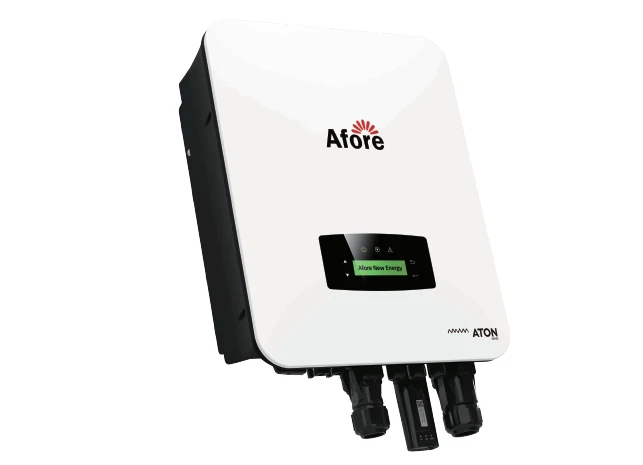
Diferentes tipos de inversores solares fora da rede
Há dois tipos de inversores solares fora da rede: onda senoidal pura e onda senoidal modificada, que geralmente diferem em três aspectos, a saber: qualidade da potência de saída, compatibilidade e preço. Ao processar a qualidade da energia de saída desses inversores solares fora da rede, a qualidade da energia das ondas senoidais puras é mais limpa. Como essas duas medições são chamadas de qualidade da energia de saída CA, é possível que a qualidade da energia de saída de uma onda senoidal pura seja melhor ou superior à qualidade da energia de saída da rede. Portanto, pode-se especular que as ondas senoidais puras fornecem uma saída de maior qualidade do que as ondas senoidais modificadas.
Um tipo de inversor solar off grid com uma qualidade de saída mais alta é considerado mais recomendado, mesmo que seja relativamente mais caro. Além desse motivo, quase todos os aparelhos elétricos podem usar esse tipo de inversor. Outro motivo pelo qual a correção de uma onda senoidal é mais barata do que outra é que ela pode causar certos danos e problemas em determinados aparelhos. Por exemplo, as bombas e os motores dos refrigeradores tendem a queimar mais rapidamente e os compressores operam em temperaturas mais altas, causando danos ao equipamento.
Além dos eletrodomésticos, as ondas senoidais corrigidas também podem causar danos a aparelhos eletrônicos sensíveis. Esse tipo de inversor de TV geralmente causa linhas e um zumbido na tela, o que resulta na degradação da qualidade de vídeo e áudio. Alguns dispositivos não funcionam completamente com esse inversor. No entanto, você ainda pode escolher uma onda senoidal modificada em vez de uma onda senoidal pura porque é mais barata se tiver certeza de que funcionará com o aparelho ou dispositivo. Além desses tipos de inversores, é possível instalar um centro de energia pré-cabeado que inclua um inversor, carregador, controle remoto e disjuntor, além de monitor e supressor de bateria.
Os benefícios dos inversores solares fora da rede
A vantagem fundamental do inversor solar off grid é a independência energética. Outros benefícios dessa tecnologia são a capacidade de fornecer um suprimento constante de eletricidade durante as interrupções de energia, mesmo nas áreas mais remotas, e de reduzir as contas de eletricidade e, ao mesmo tempo, proteger o meio ambiente, tornando-o mais limpo e mais verde.
No caso de um desastre, as comunidades conectadas à rede elétrica principal ficam sem energia. Essa falta de energia ou atrocidades podem causar danos elétricos.
Também pode ocorrer perda de receita se sua empresa depender principalmente do uso de eletricidade.
Ter um inversor é de fato uma vantagem, pois a corrente contínua armazenada pelas baterias de ciclo profundo dos painéis solares pode fornecer um suprimento constante de eletricidade para sua casa quando convertida em corrente alternada.
Se você tiver um inversor solar fora da rede, também terá liberdade financeira porque a empresa de rede reduziu as contas mensais de eletricidade, o que significa que você pode economizar dinheiro a longo prazo.
Como as empresas de rede não conseguem fornecer eletricidade a algumas áreas rurais, o dispositivo poderia ajudar as famílias a ter acesso à mesma eletricidade de qualidade que as pessoas desfrutam em áreas altamente urbanizadas. Isso é possível porque a saída de CA convertida vem originalmente da luz solar.
Outra vantagem do produto é que ele fornece energia renovável e ajuda a tornar o planeta mais verde. A energia solar está disponível em qualquer lugar, portanto, o dispositivo funciona independentemente de onde você estiver.
Sabe-se que as empresas de energia estão causando poluição do ar e outros problemas ambientais, e o patrocínio dessa tecnologia ajudará a salvar o planeta.
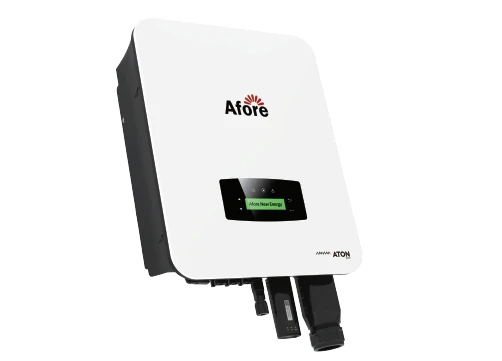
3 melhores fora da rede Inversores solares
Inversor de armazenamento híbrido monofásico 8-12 kW
- Máximo de 240A: Max. Corrente de carga/descarga 240A
- PV Oversize: 1,5 vezes o PV Oversize
- Canais MPPT: Até 3 canais MPPT
- Função UPS: Tempo de comutação < 10ms
- Paralelo: Máximo de 6 empilhamentos paralelos
- Entrada: Gerador de suporte
| Dados técnicos | AF8K-SLP | AF9K-SLP | AF10K-SLP | AF11K-SLP | AF12K-SLP |
| Entrada PV | |||||
| Potência máxima de entrada (kW) | 12 | 13.5 | 15 | 16.5 | 18 |
| Tensão PV máxima (V) | 550 | ||||
| Faixa MPPT (V) | 80-500 | ||||
| Faixa completa de MPPT (V) | 150-500 | 160-500 | 130-500 | 150-500 | 160-500 |
| Tensão normal (V) | 360 | ||||
| Tensão de inicialização (V) | 100 | ||||
| Máx. Corrente de entrada (A) | 18.5×3 | ||||
| Corrente curta máxima (A) | 26×3 | ||||
| Número de rastreador MPP/número de cordas fotovoltaicas | 3/1+1+2 | ||||
| Porta da bateria | |||||
| Potência máxima de carga/descarga (kW) | 8 | 9 | 10 | 11 | 12 |
| Corrente máxima de carga/descarga (A) Corrente de carga/descarga (A) | 200 | 240 | 240 | 240 | 240 |
| Tensão normal da bateria (V) | 51.2 | ||||
| Faixa de tensão da bateria (V) | 40-60 | ||||
| Tipo de bateria | Íon-lítio / chumbo-ácido etc. | ||||
| Rede CA e gerador a diesel (opcional) | |||||
| Corrente contínua máxima (A) | 37 | 41 | 46 | 50 | 55 |
| Potência máxima contínua (kVA) | 8 | 9 | 10 | 11 | 12 |
| Corrente nominal da rede (A) | 37/35 | 41/39 | 46/44 | 50/48 | 55/52 |
| Tensão nominal da rede (V) | 198 a 242 @ 220 / 207 a 253 @ 230 | ||||
| Frequência nominal da rede (Hz) | 50/60 | ||||
| Fator de potência | 0,999 (ajustável de 0,8 superexcitado a 0,8 subexcitado) | ||||
| THD atual (%) | <3 | ||||
| Saída de carga CA | |||||
| Corrente contínua máxima (A) | 37 | 41 | 46 | 50 | 55 |
| Potência máxima contínua (kVA) | 8 | 9 | 10 | 11 | 12 |
| Corrente máxima de pico (A) (10 min) | 55.5/52.5 | 61.5/58.5 | 69/66 | 75/72 | 82.5/78 |
| Potência máxima de pico (KVA) (10 min) | 12 | 13.5 | 15 | 16.5 | 18 |
| Tensão CA nominal L-N (V) | 220/230 | ||||
| Frequência CA nominal (Hz) | 50/60 | ||||
| Tempo de comutação (ms) | Sem costura | ||||
| Tensão THD (%) | <3 | ||||
| Eficiência | |||||
| Eficiência europeia (%) | 98.1 | ||||
| Máx. Eficiência (%) | 96.8 | ||||
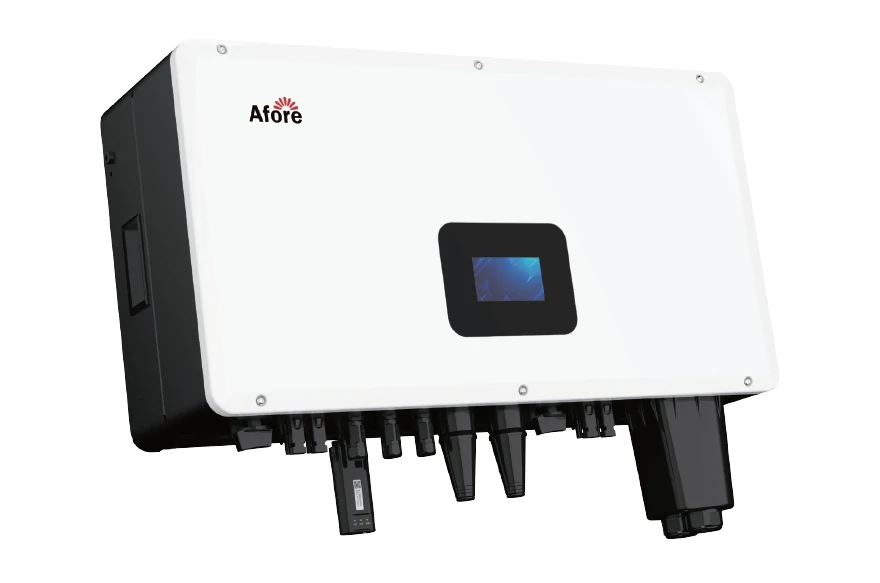
Armazenamento híbrido trifásico Inversor 3-30 kW
- Bateria de cloreto metálico de sódio: Suporte à bateria de cloreto metálico de sódio
- Ampla faixa: Faixa de tensão (150-800V)
- 100% Desequilíbrio: Suporta carga desequilibrada
- PV Oversize: 1,5 vezes o PV Oversize
- Max.40Adc: Corrente da cadeia de caracteres de até 40A
- Função UPS: Tempo de comutação< 10ms
- Entrada: Gerador de suporte
| Dados técnicos | AF3K-TH | AF4K-TH | AF5K-TH | AF6K-TH | AF8K-TH | AF10K-TH |
| Entrada PV | ||||||
| Potência máxima de entrada CC (kW) | 5 | 6 | 7.5 | 9 | 12 | 15 |
| Tensão PV máxima (V) | 1000 | |||||
| Tensão nominal de entrada CC (V) | 620 | |||||
| Faixa de tensão de entrada DCI (V) | 150-1000 | |||||
| Faixa de tensão MPPT (V) | 150-850 | |||||
| Faixa completa de MPPT (V) | 200-850 | 250-850 | 300-850 | 500-850 | ||
| Tensão de inicialização (V) | 160 | |||||
| Corrente de entrada CC máxima (A) | 20×2 | |||||
| Máximo. Curto-circuito (A) | 30×2 | |||||
| Número de rastreadores/cordas MPPT | 2/2 | |||||
| Porta da bateria | ||||||
| Tensão nominal da bateria (V) | 200 | 250 | 300 | 400 | ||
| Faixa de tensão da bateria (V) | 150-800 | |||||
| Corrente máxima de carga/descarga (A) Corrente de carga/descarga (A) | 30 | 30 | 30 | 30 | 30 | 30 |
| Potência máxima de carga/descarga (kW) Potência de carga/descarga (kW) | 3 | 4 | 5 | 6 | 8 | 10 |
| Curva de carga | 3 estágios | |||||
| Tipo de bateria compatível | Bateria de íon-lítio/ácido-lítio/cloreto metálico de sódio | |||||
| Rede CA | ||||||
| Potência nominal de saída CA (kW) | 3 | 4 | 5 | 6 | 8 | 10 |
| Potência máxima de entrada/saída CA (kVA) | 4.5/3.3 | 6/4.4 | 7.5/5.5 | 9/6.6 | 12/8.8 | 15/11 |
| Corrente máxima de saída CA (A) | 5.3 | 7 | 8.5 | 10.5 | 13.5 | 17 |
| Tensão CA nominal (V) | 230/400 | |||||
| Frequência nominal de CA (Hz) | 50/60 | |||||
| Fator de potência | 1(-0,8-0,8) ajustável | |||||
| THD atual (%) | <3% | |||||
| Saída de carga CA (back-up) | ||||||
| Potência de saída nominal (VA) | 3000 | 4000 | 5000 | 6000 | 8000 | 10000 |
| Tensão nominal de saída (V) | 230/400 | |||||
| Frequência nominal de saída (Hz) | 50/60 | |||||
| Corrente nominal de saída (A) | 4.4 | 5.8 | 7.3 | 8.7 | 11.6 | 14.5 |
| Potência de saída de pico | 3300VA, 60s | 4400VA, 60s | 5500VA, 60s | 6600VA, 60s | 8800VA, 60s | 11000VA, 60s |
| THDV (com carga linear) | <3% | |||||
| Tempo de comutação (ms) | <10 | |||||
| Eficiência | ||||||
| Eficiência na Europa | 97.50% | |||||
| Máximo. Eficiência | 98.00% | 98.20% | ||||
| Eficiência de carga/descarga da bateria | 98.00% | |||||
| Dados técnicos | AF12K-TH | AF15K-TH | AF17K-TH | AF20K-TH | AF25K-TH | AF30K-TH |
| Entrada PV | ||||||
| Potência máxima de entrada CC (kW) | 18 | 22.5 | 25.5 | 30 | 37.5 | 45 |
| Tensão PV máxima (V) | 1000 | |||||
| Tensão nominal de entrada CC (V) | 620 | |||||
| Faixa de tensão de entrada CC (V) | 150-1000 | |||||
| Faixa de tensão MPPT (V) | 150-850 | |||||
| Faixa completa de MPPT (V) | 500-850 | |||||
| Tensão de inicialização (V) | 160 | |||||
| Corrente de entrada CC máxima (A) | 20×2 | 20+32 | 32×2 | 32×2 | 40×2 | 40×2 |
| Corrente MaxShort (A) | 30×2 | 30+48 | 48×2 | 48×2 | 60×2 | 60×2 |
| Número de rastreadores/cordas MPPT | 2/2 | 2/3 | 2/4 | 2/4 | 2/4 | 2/4 |
| Porta da bateria | ||||||
| Tensão nominal da bateria (V) | 450 | 500 | 400 | 500 | 500 | 550 |
| Faixa de tensão da bateria (V) | 150-800 | |||||
| Corrente máxima de carga/descarga (A) | 30 | 50 | 50 | 50 | 60 | 60 |
| Potência máxima de carga/descarga (kW) | 12 | 15 | 17 | 20 | 25 | 30 |
| Curva de carga | 3 estágios | |||||
| Tipo de bateria compatível | Bateria de íon de lítio/ácido de chumbo/cloreto metálico de sódio | |||||
| Rede CA | ||||||
| Potência nominal de saída CA (kW) | 12 | 15 | 17 | 20 | 25 | 30 |
| Potência máxima de entrada/saída CA (kVA) | 18/13.2 | 22.5/16.5 | 25.5/18.7 | 30/22 | 37.5/27.5 | 45/33 |
| Corrente máxima de saída CA (A) | 21.5 | 27 | 30 | 32 | 40 | 48 |
| Tensão CA nominal (V) | 230/400 | |||||
| Frequência nominal de CA (Hz) | 50/60 | |||||
| Fator de potência | 1 (-0,8-0,8) ajustável | |||||
| THD atual (%) | <3% | |||||
| Saída de carga CA (back-up) | ||||||
| Potência de saída nominal (VA) | 12000 | 15000 | 17000 | 20000 | 25000 | 30000 |
| Tensão de saída nominal (V) | 230/400 | |||||
| Frequência nominal de saída (Hz) | 50/60 | |||||
| Corrente nominal de saída (A) | 17.4 | 21.8 | 24.7 | 29 | 36.3 | 43.5 |
| Potência de saída de pico | 13200VA,60s | 16500VA,60s | 18700VA, 60s | 22000VA,60s | 27500VA,60s | 33000VA, 60s |
| THDV (com carga linear) | <3% | |||||
| Tempo de comutação (ms) | <10 | |||||
| Eficiência | ||||||
| Eficiência na Europa | 97.50% | 97.80% | 98.00% | 98.10% | ||
| Eficiência máxima | 98.30% | 98.50% | ||||
| Eficiência de carga/descarga da bateria | 98.00% | |||||
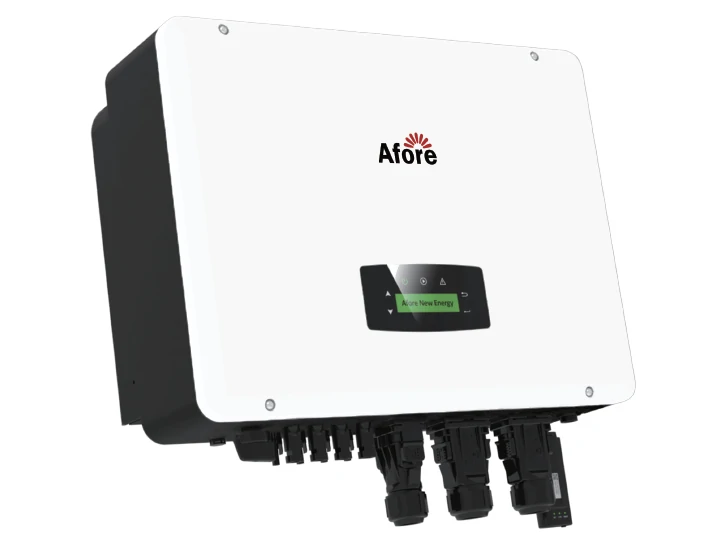
Inversor trifásico de cadeia fotovoltaica 40-60 kW Série de baixa tensão
- SMART: monitoramento inteligente de string, varredura inteligente da curva LV
- PROTEÇÃO: Proteção de iluminação Dc e CA Tipo II
- MAX.38Adc: Corrente da cadeia de caracteres de até 38A
- PV OVERSIZE: >1,5 Entrada de sobredimensionamento de PV por tempo
- FATOR DE POTÊNCIA: Compensação de energia ativa e reativa
- ANTI-FLOW: Função Anti-Feed-in
| Dados técnicos | BNT040KTA | BNT050KTA | BNT060KTA |
| Dados de entrada PV | |||
| Máx. Potência CC (W) | 60000 | 75000 | 90000 |
| Tensão CC máxima (V) | 750 | ||
| Faixa de tensão MPPT (V) | 200-750 | ||
| Faixa de tensão de potência total MPPT (V) | 300-750 | ||
| Tensão nominal de entrada (V) | 400 | ||
| Tensão de inicialização (V) | 200 | ||
| Corrente máxima de entrada (A) | 38×6 | ||
| Máx. Corrente curta (A) | 48×6 | ||
| Nº de rastreador MPP / Nº de string fotovoltaica | 6/12 | ||
| Tipo de conector de entrada | MC4 | ||
| Dados de saída CA | |||
| Máx. Potência de saída (VA) | 44000 | 55000 | 66000 |
| Potência de saída nominal (W) | 40000 | 50000 | 60000 |
| Corrente máxima de saída (A) Corrente de saída (A) | 120 | 143 | 158 |
| Tensão de saída nominal (V) | 3P+N+PE/3P+PE 133/230 | ||
| Faixa de tensão da rede | 180Vac-260Vac (de acordo com o padrão local) | ||
| Frequência nominal de saída (Hz) | 50/60 | ||
| Faixa de frequência da grade | 45-55Hz/54-66Hz (de acordo com o padrão local) | ||
| Fator de potência de saída | 1 padrão (ajustável de 0,8 à frente a 0,8 atrás) | ||
| Corrente de saída THD | <3% | ||
| Eficiência | |||
| Máximo. Eficiência | 99.00% | ||
| Euro Eficiência | 93.00% | 98.40% | |
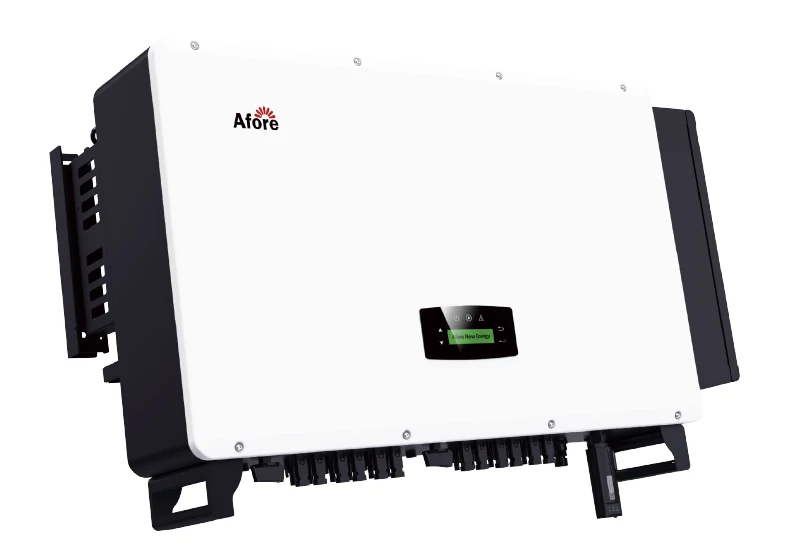
O que fazem os melhores sistemas fora da rede? Inversores solares têm em comum?
Os melhores inversores fora da rede são soluções completas. Eles combinam três partes essenciais em uma configuração pré-cabeada:
- Um controlador de carga solar MPPT
- Um inversor de onda senoidal pura
- Um carregador de CA para CC (carregador de reserva do gerador/utilitário)
Além disso, todos eles são compatíveis com as mais recentes baterias de lítio e têm um aplicativo dedicado para monitoramento em nuvem e configuração on-line.
Como escolher a melhor opção Inversor solar de grade?
Tensão de saída do inversor
Isso será baseado em seus requisitos de carga e geralmente é o mesmo que a tensão/frequência de alimentação padrão em seu país/região. A tensão de saída do inversor solar fora da rede deve corresponder à tensão nominal da carga. 240V na Europa e na África e 120V nos EUA. Os inversores devem ser mantidos a 50 Hz na África e na Europa e a 60 Hz nos Estados Unidos.
Faixa de potência do inversor
Para equipamentos solares, a faixa de potência é importante. Você deve se certificar de que o equipamento escolhido pode atender às suas necessidades de energia. Mesmo que você tenha painéis suficientes para gerar a quantidade certa de energia, isso não fará muito sentido se o inversor não conseguir lidar com a carga. Portanto, a faixa de potência do inversor também é importante. Veja a seguir as várias faixas de potência do inversor e suas aplicações típicas:
- 1 a 2 kW: Pequena cabine com luz, TV, geladeira e telefone.
- 2 a 4 kW: Cabanas maiores e algumas casas pequenas com eficiência energética.
- 4 a 8 kW: a maioria das residências fora da rede.
- 8 a 16 kW: casas maiores fora da rede, fazendas ou ranchos e pequenas empresas.
Embora os tamanhos dos inversores sejam maiores e menores do que os listados acima, essas são as opções mais populares, sendo os de 4 kW e 8 kW os preferidos.
Entrada da tensão CC do inversor
Depois de selecionarmos a capacidade de energia e a marca/fabricante do inversor solar, haverá uma faixa de tensão de entrada CC correspondente na folha de especificações do inversor, e precisamos escolher a tensão da bateria que corresponda a ela.
O inversor com controlador de carregamento solar integrado será MPPT ou PWM
O MPPT é tecnicamente melhor porque é capaz de converter a alta tensão do painel solar em uma tensão mais baixa, de modo que carrega a bateria com baixa perda (alta eficiência), mas custa mais do que o tipo PWM. Por outro lado, se pudermos selecionar corretamente o tipo de controlador de carregamento solar PWM de acordo com as especificações do painel solar, poderemos confirmar que ele pode funcionar tão bem quanto o tipo de controlador de carregamento MPPT.
Considere ondas senoidais puras em vez de ondas senoidais modificadas
Alguns fabricantes que você pode ouvir falam sobre inversores de onda senoidal pura. Não é necessário saber exatamente como eles funcionam. É suficiente saber que a saída de energia de um inversor de onda senoidal pura é mais "limpa" do que a de um inversor de onda senoidal modificada.
Para que um inversor de onda senoidal pura forneça uma saída de energia de maior qualidade, semelhante (ou melhor) à nossa rede elétrica. Os inversores de onda senoidal modificada são mais baratos, mas produzem energia de qualidade inferior.
Por esse motivo, os inversores de onda senoidal aprimorada podem causar problemas em alguns equipamentos. Motores, bombas e compressores funcionam mais quentes e se desgastam mais rapidamente. Em alguns equipamentos sensíveis (por exemplo, computadores), eles podem ser danificados ou não funcionar. Esses inversores também costumam produzir ruído de fundo no sistema estéreo e degradar a qualidade de vídeo e áudio de alguns televisores.
É por isso que não recomendamos o uso de inversores de onda senoidal modificada na maioria das aplicações. A maioria dos nossos clientes fora da rede usa inversores de onda senoidal pura para evitar esses possíveis problemas.
Precisa de uma maneira rápida de saber a diferença? Veja a classificação da distorção harmônica total (THD) do inversor. A THD é um indicador de saída de qualidade de energia que estará listado na folha de especificações de qualquer bom inversor. Regra geral Para evitar problemas, escolha um inversor de onda senoidal pura com uma THD de 5% ou menos.
Veja as especificações técnicas
- Eficiência: Essa é uma medida da quantidade de energia que a bateria do inversor solar fornece à sua casa quando está operando em condições perfeitas. Uma boa classificação de eficiência de pico é de 94 a 96%.
- Faixa de temperatura: Os inversores solares são extremamente quentes. Se você planeja instalar um sistema solar em uma garagem ou em qualquer lugar que possa ficar exposto a temperaturas extremas, preste atenção especial à faixa de temperatura.
- Garantia: Os inversores solares vêm com garantia de 1 ano, normalmente de 3 a 5 anos, e alguns fabricantes oferecem uma opção de extensão de garantia de 10 anos. A Afore oferece garantia padrão de fábrica, válida por 5 anos a partir da data de instalação e não mais do que 5 anos e meio a partir da data de entrega da Afore.
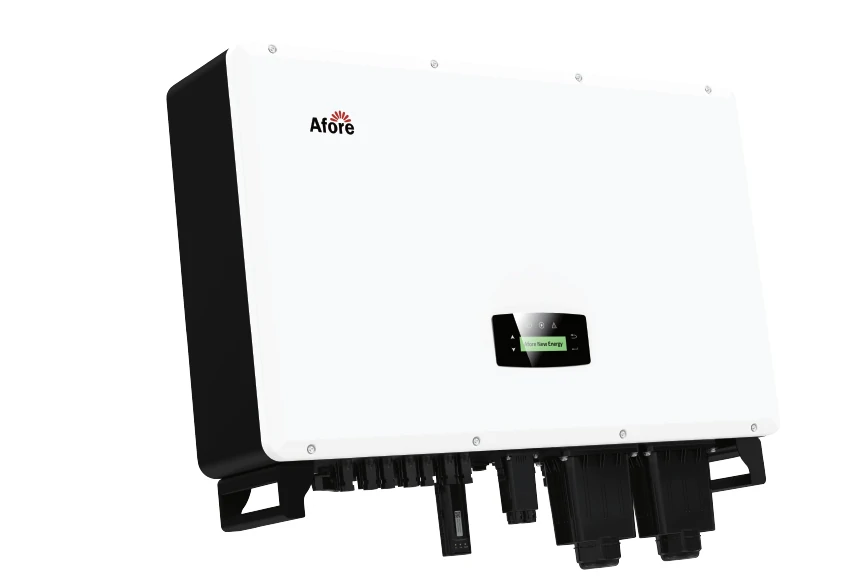
Conclusão
Um inversor solar off grid é um componente absolutamente essencial para quem está buscando independência energética. Isso é especialmente verdadeiro para áreas remotas ou para aqueles que buscam reduzir sua dependência dos fornecedores tradicionais de eletricidade. Há várias vantagens nos melhores inversores solares fora da rede. Elas incluem a capacidade de converter e armazenar energia solar, fornecer energia de reserva em caso de falta de energia e reduzir as contas de eletricidade ao longo do tempo. Eles são fornecidos em vários tipos, como inversores de onda senoidal pura e inversores de onda senoidal modificada, sendo que os modelos de onda senoidal pura são mais recomendados por sua saída de alta qualidade e compatibilidade com uma gama maior de aparelhos. Os melhores inversores solares fora da rede geralmente integram um controlador de carga MPPT, um inversor de onda senoidal pura e um sistema de carregamento de reserva para garantir eficiência e confiabilidade. Ao considerar a capacidade de energia, a faixa de tensão e a qualidade de saída do inversor, você pode escolher a melhor solução para atender às suas necessidades e contribuir para um futuro energético mais verde e sustentável.




